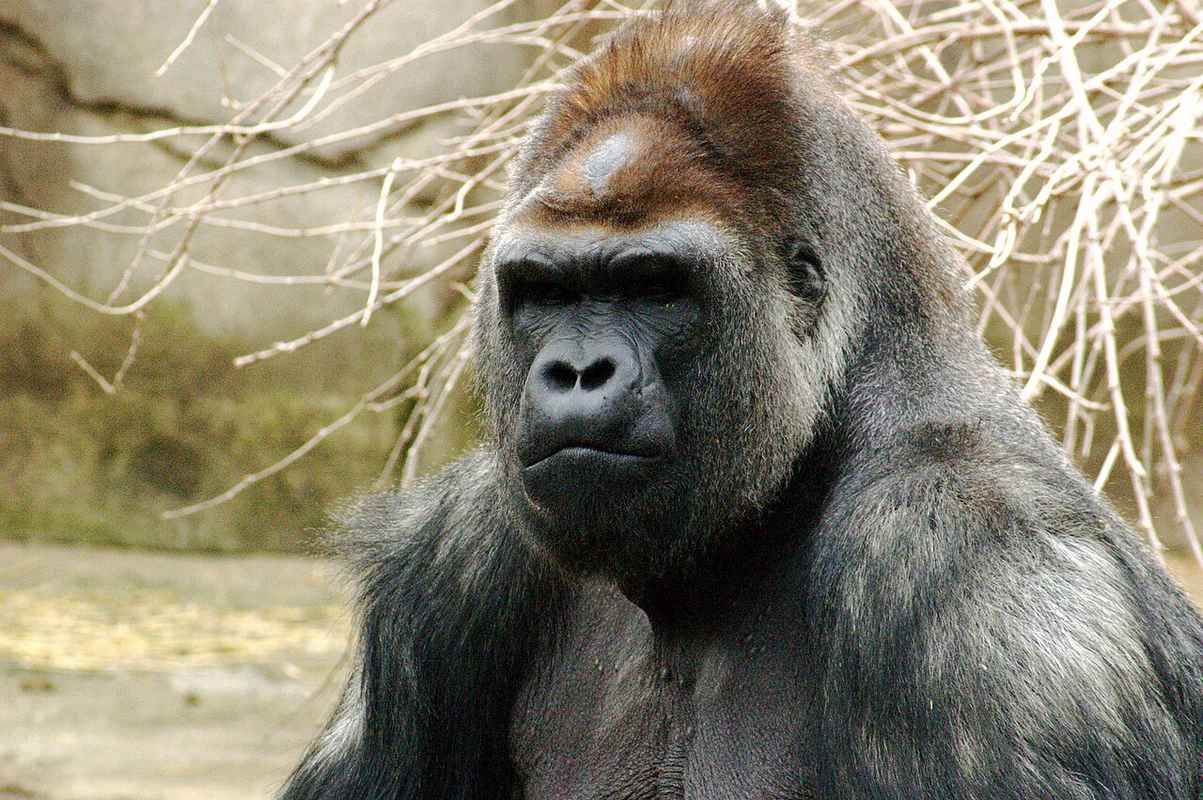With its iconic skylines and waterfront vistas, Singapore is today a bustling city-state with one of the highest population densities in the world. Two centuries ago, before the British chose to build the port city in 1819, Singapore was covered by rainforests, mangrove forests and swamp forests. In the two centuries that followed, these forests were cleared to make way for people, plantations and concrete structures, and iconic species like tigers and leopards vanished.
A new study estimates that Singapore has lost more than a third of its species in this transition. It uses observational data from more than 3,000 species from 10 major taxonomic groups, including mammals, birds, reptiles, amphibians, plants and insects. Using mathematical models, the study, published in Proceedings of the National Academy of Sciences (PNAS), estimates the species extinction rate over time. The analysis also considers “dark extinctions” — extinction of species that are yet to be discovered.
“The number we came up with, which was 37%, is quite a lot but it’s about half that of a previous estimate,” says theoretical ecologist and lead author Ryan Chisholm from the National University of Singapore.
The previous estimate Chisholm refers to comes from a 2003 study, which found a whopping 73% species extinction rate in Singapore. That study assumed species in Peninsular Malaysia, which borders Singapore, were also present in similar habitats in Singapore, an assumption the current study’s researchers say is flawed. Because the area of Singapore is tiny — just 1% of Peninsular Malaysia — not all species occur here, they say.
The author of the 2003 study, ecologist Barry Brook, now at the University of Tasmania, tells Mongabay he agrees with the statistical approach used in the current research. “They used an improved method that better accounted for uncertainties and sourced improved data,” he says via email, adding that the revised calculation “nicely illustrates how science advances.” Brook was not involved in the research but did serve as one of the editors for the resulting PNAS article.

Better data and improved models yield realistic predictions
Singapore’s extinctions began in the mid-19th century when large swaths of forests made way for plantations, leading to the extinction of many plants and vertebrates. Hunting also contributed to the loss of large mammals, such as tigers and leopards. By the mid-20th century, rapid urbanization wiped out many butterflies and birds.
The researchers of the current study painstakingly dug through more than 50,000 observational records — including plant specimens from as early as 1796, museum specimens collected by Alfred Russel Wallace in the 1800s, published literature, recent observations submitted by citizen scientists such as the current Prime Minister Lee Hsien Loong, media reports and news of species rediscovered. Using newer and more robust mathematical models than previous such studies, the researchers calculated the extinction rates for each species and grouped them based on their taxonomy.
“The previous standard has been just to use the first and the last [sighting]. All the information in between [is] discarded,” says plant ecologist Joseph Wright from the Smithsonian Tropical Research Institute, who was not involved in the study. He points out that this study represents a “breakthrough” as it uses every observation record for every species from when it was first sighted to its last known sighting.
The study found that in the last two centuries, nearly half of butterflies, nine out of 10 forest-dwelling birds and more than two-fifths of bees have gone extinct. Among mammals, nearly 60% of large mammals (weighing more than 10 kilograms, or 22 pounds) have vanished — including charismatic ones such as tigers and leopards. More than two-thirds of orchids have also become extinct.
Surprisingly, amphibians, considered the most vulnerable to habitat loss, seemed to have fared reasonably. “One thing which really bamboozled us a bit was that there were no recorded amphibian extinctions for Singapore,” says Chisholm. He posits it could be because their data size of observations was small, or that droughts before 1819 may have already wiped out many of the amphibians on the island before record-keeping began.
Extrapolating their data, the researchers predict that by 2100, about 18% of all species in Southeast Asia could go extinct if the current rate of forest loss and degradation continues. The 2003 study estimated a 42% extinction rate for Southeast Asian species.

New estimates provide a glimmer of hope
Although 1% of the original primary forests remain in Singapore today, the study finds that extinction rates have now leveled off for most species. The remaining patches of forests in the city are now protected and serve as a haven for existing biodiversity, as there’s no threat of poaching. Conservation efforts targeting specific species, such as the oriental pied hornbill (Anthracoceros albirostris), once locally extinct, have brought them back from extinction.
“We recommend that conservation in the region focus more on charismatic species rather than necessarily on large numbers of species going extinct,” says Chisholm. “I think it’s more likely to generate public support.” Since charismatic species, like pangolins (Pholidota), need large reserves, conserving them can also help protect other species in the same habitat.
Wright points out that the study’s findings show that the future of the tropics could be like that of Europe, where most species have adapted and thrive in human-modified landscapes instead of going extinct. “The study should force a rethink of the idea that we are precipitating the sixth mega extinction,” he says, adding that the findings could “revitalize policy and conservation in the tropics.”
As for Singapore’s future, Chisholm says there’s a significant chance some species could emigrate from Malaysia independently or with human assistance and recolonize the city. “All that depends on government policy,” he says. “We produce the numbers, and it’s up to people to decide what they actually want to do.”
Citations:
Brook, B. W., Sodhi, N. S., & Ng, P. K. L. (2003). Catastrophic extinctions follow deforestation in Singapore. Nature, 424(6947), 420–423. doi.org/10.1038/nature01795.
Chisholm, R. A., Kristensen, N. P., Rheindt, F. E., Kwek Yan Chong, Ascher, J. S., Kelvin, Peter, Darren, Meier, R., Heok Hui Tan, Xingli Giam, Yen Shing Yeoh, Seah, W. W., Berman, L. M., Hui Zhen Tan, Sadanandan, K. R., Theng, M., Faridah, W., Jain, A., & Huertas, B. (2023). Two centuries of biodiversity discovery and loss in Singapore. Proceedings of the National Academy of Sciences of the United States of America, 120(51). doi.org/10.1073/pnas.2309034120g/10.1073/pnas.2309034120.
This article by Spoorthy Raman was first published by Mongabay.com on 22 December 2023. Lead Image:Conservation efforts targeting specific species, such as the oriental pied hornbill (Anthracoceros albirostris), once locally extinct, have brought them back from extinction. Image by Sipuwildlife via Wikimedia Commons (CC BY-SA 4.0).
What you can do
Help to save wildlife by donating as little as $1 – It only takes a minute.







Leave a Reply